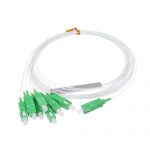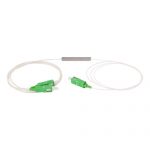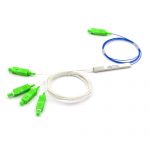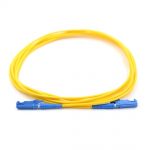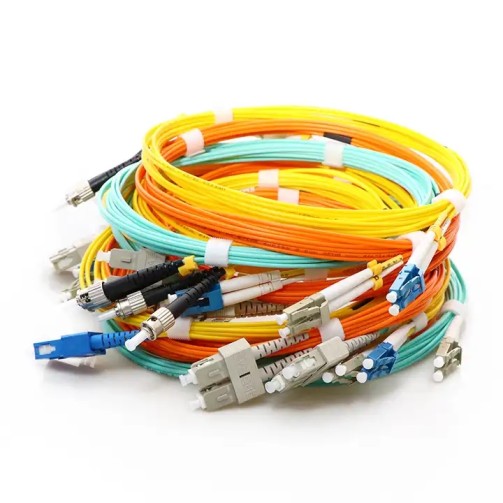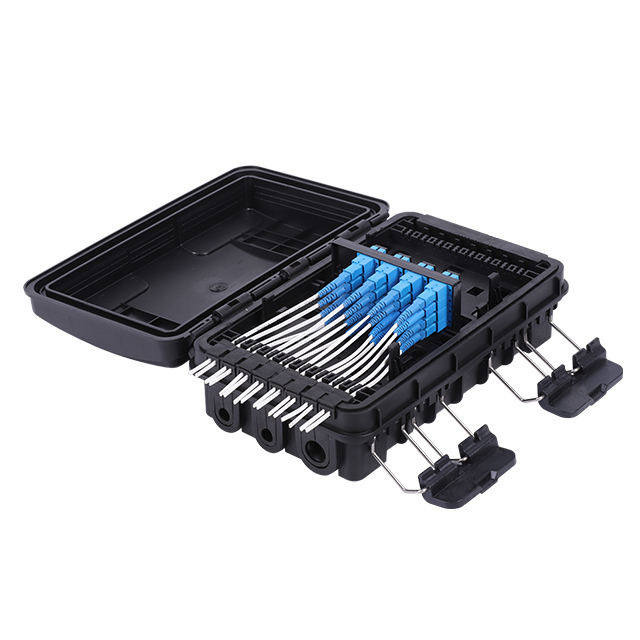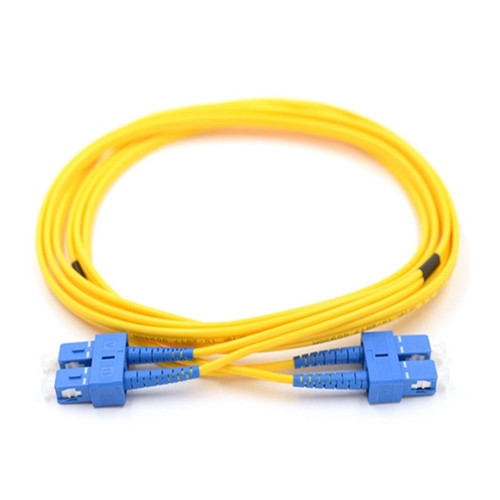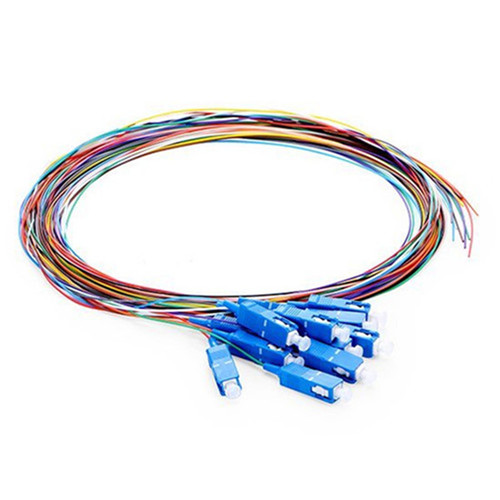Fiber optic patch cords are an essential component in any fiber optic network, used to connect devices such as routers, switches, and transceivers. Choosing the right fiber patch cord can make a big difference in network performance, so it’s important to understand the various options available and how to select the right one for your needs.
- Connector Types The first consideration when choosing a fiber patch cord is the type of connector you need. The most common connector types are SC, LC, ST, and MTP/MPO. SC and LC connectors are small form-factor connectors that are popular in single-mode and multimode networks, while ST connectors are more commonly used in older networks. MTP/MPO connectors are used in high-density applications and can provide up to 12 fibers in a single connector.
- Fiber Type The second consideration when choosing a fiber patch cord is the type of fiber you need. Single-mode fiber is used for long-distance applications, while multimode fiber is used for shorter distances. Multimode fiber is less expensive than single-mode fiber but has a lower bandwidth and is more susceptible to attenuation and dispersion.
- Core Diameter The core diameter of a fiber patch cord is another important consideration. The most common core diameters are 9/125, 50/125, and 62.5/125. A smaller core diameter provides better performance, but is more expensive. 9/125 is the most common core diameter for single-mode fiber, while 50/125 and 62.5/125 are the most common core diameters for multimode fiber.
- Jacket Material The jacket material of a fiber patch cord is important for protecting the fiber from damage and environmental factors. Common jacket materials include PVC, LSZH, and OFNP. PVC is the most common and least expensive jacket material, but it releases toxic fumes when burned. LSZH (Low Smoke Zero Halogen) is a more environmentally friendly option that does not release toxic fumes when burned. OFNP (Optical Fiber Nonconductive Plenum) is used in plenum spaces, where the air flow is restricted.
- Length The length of a fiber patch cord is also an important consideration. It’s important to choose a length that is appropriate for your network setup, as excess cable can cause signal loss and decrease performance.
- Application Finally, consider the application of the fiber patch cord. Different applications require different specifications, so it’s important to choose a patch cord that is appropriate for your needs. For example, if you’re using the patch cord in a high-traffic area, you’ll want a cord with a more durable jacket material to protect it from damage.
When selecting a fiber patch cord, it’s important to consider all of these factors to ensure that you choose a cord that will provide the best performance for your network. With the right patch cord, you can ensure that your fiber optic network operates at its maximum potential.
